
My Journey Through Chinese Cuisine: A Symphony of Flavors
When I first set foot in China, I knew food would be more than just sustenance—it would be a gateway to understanding the country’s history, culture, and soul. Over the past year, I’ve wandered from the bustling streets of Beijing to the misty mountains of Sichuan
When I first set foot in China, I knew food would be more than just sustenance—it would be a gateway to understanding the country’s history, culture, and soul. Over the past year, I’ve wandered from the bustling streets of Beijing to the misty mountains of Sichuan, and every bite has told a story. Chinese cuisine isn’t just a collection of dishes; it’s a centuries-old art form, shaped by geography, climate, and tradition. Let me take you through my most memorable culinary adventures, each one a window into a different corner of this vast and vibrant nation.
My journey began in Beijing, the country’s capital, where I had my first taste of Peking Duck—a dish so iconic it’s often called the “national treasure” of Chinese cuisine. A local friend insisted we go to a family-run restaurant that had been serving duck for three generations, and I’m forever grateful for that recommendation. As we sat in a cozy dining room adorned with red lanterns and old photographs, a chef wheeled a cart to our table, holding a glistening roasted duck with crisp, amber skin. With precise, practiced cuts, he sliced the duck into thin pieces, each one combining a sliver of skin and a hint of tender meat. “The skin is the star,” my friend explained, dipping a piece into sweet bean sauce and wrapping it in a thin pancake with scallions and cucumber. I took a bite, and the flavors exploded— the crunch of the skin, the sweetness of the sauce, and the freshness of the vegetables blending perfectly. Later, the chef returned with a bowl of duck soup, made from the bones and simmered for hours with mushrooms and bamboo shoots. It was warm, comforting, and a reminder that in Chinese cooking, no part of an ingredient goes to waste.

From Beijing, I traveled south to Shanghai, a city where traditional flavors meet modern innovation. One evening, I stumbled upon a small eatery in the French Concession, a neighborhood with tree-lined streets and colonial-era buildings. The menu featured Xiaolongbao—steamed soup dumplings that are a specialty of Shanghai. I watched as the chef in the open kitchen pinched the dough into tiny purses, filling each one with ground pork and a spoonful of hot broth before steaming them in bamboo baskets. When the dumplings arrived at the table, they were delicate and translucent, like little pearls. My friend warned me to let them cool first, then taught me the proper way to eat them: bite a small hole in the skin, sip the savory broth, then dip the dumpling in black vinegar and ginger. The broth was rich and flavorful, the pork tender, and the vinegar added a bright, tangy note. I also tried Hairy Crab that night, a seasonal delicacy in Shanghai. Served steamed with ginger and scallions, the crab meat was sweet and succulent, and the roe—golden and creamy—was considered the most precious part. Eating hairy crab is a messy, joyful affair, and the locals laughed as I struggled to pick out every last piece of meat with the tiny tools provided. It was a lesson in patience and appreciation—something I’d come to associate with Chinese dining.
Next, I ventured west to Sichuan, a province famous for its bold, spicy flavors. I’ll admit, I’m not a fan of extreme heat, but my Sichuanese friend promised I’d love the food if I gave it a chance. Our first stop was a hotpot restaurant in Chengdu, the provincial capital. Hotpot is more than a meal in Sichuan—it’s a social event. We sat around a table with a large pot in the center, divided into two sections: one filled with a bright red, spicy broth infused with Sichuan peppercorns, chili oil, and star anise; the other with a clear, mild broth made from chicken and pork bones. “This is ‘yuanyang pot’,” my friend said. “You can try both flavors.” We ordered a feast of ingredients: thin slices of beef and lamb, tofu puffs, lotus root, bamboo shoots, and wide rice noodles. As we dropped the ingredients into the boiling broth, the air filled with a fragrant, spicy aroma. The Sichuan peppercorns gave the broth a unique “numbing” sensation (called ma in Chinese), which balanced out the heat perfectly. My favorite was the spicy beef balls—handmade, chewy, and packed with flavor. I also tried Mapo Tofu at a street food stall the next day: soft tofu cubes in a spicy, garlicky sauce with ground pork and Sichuan peppercorns. It was fiery, but so delicious I couldn’t stop eating. My friend explained that Sichuan cuisine’s love of spice comes from the province’s humid climate—spicy food makes you sweat, which helps cool the body down. It was a fascinating example of how food adapts to the environment.
From Sichuan, I went further south to Guangdong (Canton), where Cantonese cuisine—known for its fresh, delicate flavors—reigned supreme. I spent a morning in Guangzhou, the provincial capital, at a dim sum restaurant. Dim sum, which means “touch the heart,” is a style of Cantonese cuisine where small dishes are served in bamboo baskets or on small plates. The restaurant was packed with families and friends, chatting loudly as they pushed trolleys loaded with dumplings, buns, and pastries. My guide, a local food writer, helped me navigate the menu. We tried Har gow (shrimp dumplings)—translucent wrappers filled with plump shrimp and bamboo shoots; Siu mai (pork and shrimp dumplings) topped with a tiny piece of crab roe; and Char siu bao (barbecued pork buns)—fluffy white buns filled with sweet, sticky barbecued pork. Each dish was light and flavorful, highlighting the freshness of the ingredients. “Cantonese people value ‘freshness’ above all else,” my guide told me. “We use the best seasonal ingredients, and we don’t overcook them—we want to let the natural flavors shine.” For lunch, we had Seafood Congee, a creamy rice porridge cooked with fresh fish, shrimp, and scallops. It was simple, comforting, and full of the ocean’s sweetness. That evening, I tried Roast Goose, a Cantonese specialty where the goose is marinated in a mixture of soy sauce, honey, and spices, then roasted until the skin is crispy and the meat is tender. Served with a sweet plum sauce, it was one of the most delicious meats I’ve ever tasted.
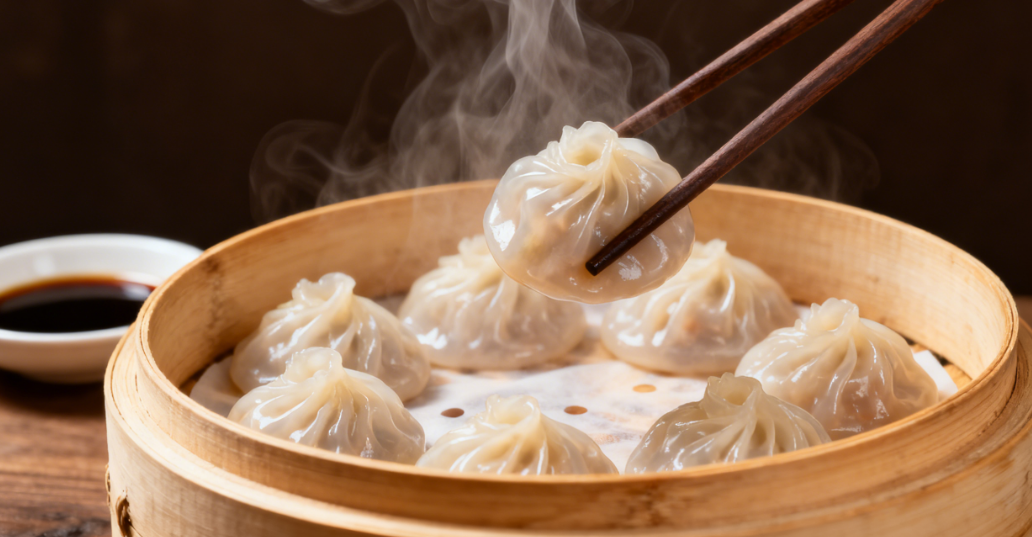
No journey through Chinese cuisine would be complete without exploring the street food scene, which is where some of the most authentic flavors can be found. In Xi’an, an ancient city in northwest China, I wandered through the Muslim Quarter, a bustling market filled with food stalls. I tried Yang Rou Pao Mo, a traditional Xi’an dish where you tear pieces of flatbread into a bowl, then pour hot lamb soup over it, along with tofu, vermicelli, and green onions. It’s a hearty, warming dish that’s perfect for cold winters. I also tried Rougamo, often called the “Chinese hamburger”—a crispy baked bun filled with tender, spiced braised pork. It’s portable, delicious, and a favorite among locals and tourists alike. In Chongqing, another city famous for its spicy food, I tried Spicy Chicken with Peanuts—small pieces of chicken stir-fried with dried chili peppers, Sichuan peppercorns, and peanuts. It was spicy, crunchy, and addictive. Every street food stall had its own unique twist on the dish, and I spent an afternoon hopping from stall to stall, trying different versions.
One of the things that surprised me most about Chinese cuisine is its regional diversity. Just like how the landscape changes from the mountains of Tibet to the beaches of Hainan, the food changes too. In the north, where wheat is the main crop, you’ll find more noodles, dumplings, and flatbreads. In the south, where rice grows abundantly, rice is a staple, and dishes are often lighter and more seafood-focused. In the west, the flavors are bold and spicy, while in the east, they’re delicate and sweet. But despite these differences, there’s a common thread that runs through all Chinese cooking: a respect for ingredients and a desire to create balanced flavors. Chinese chefs often talk about the “five flavors”—sweet, sour, salty, bitter, and spicy—and how to combine them to create harmony in a dish.
Chinese cuisine is also deeply tied to culture and tradition. Many dishes have stories behind them, often linked to history or festivals. For example, Jiaozi (dumplings) are eaten during Chinese New Year because their shape resembles ancient Chinese gold or silver ingots, symbolizing wealth. Zongzi (glutinous rice wrapped in bamboo leaves) are eaten during the Dragon Boat Festival to commemorate Qu Yuan, a patriotic poet from ancient China. Even the way food is served has cultural meaning—dishes are often placed in the center of the table, and everyone shares, which is a symbol of unity and togetherness. When I ate with Chinese families, I noticed that they would always urge me to eat more, piling food on my plate as a sign of hospitality. It was a warm, welcoming gesture that made me feel like part of the family.
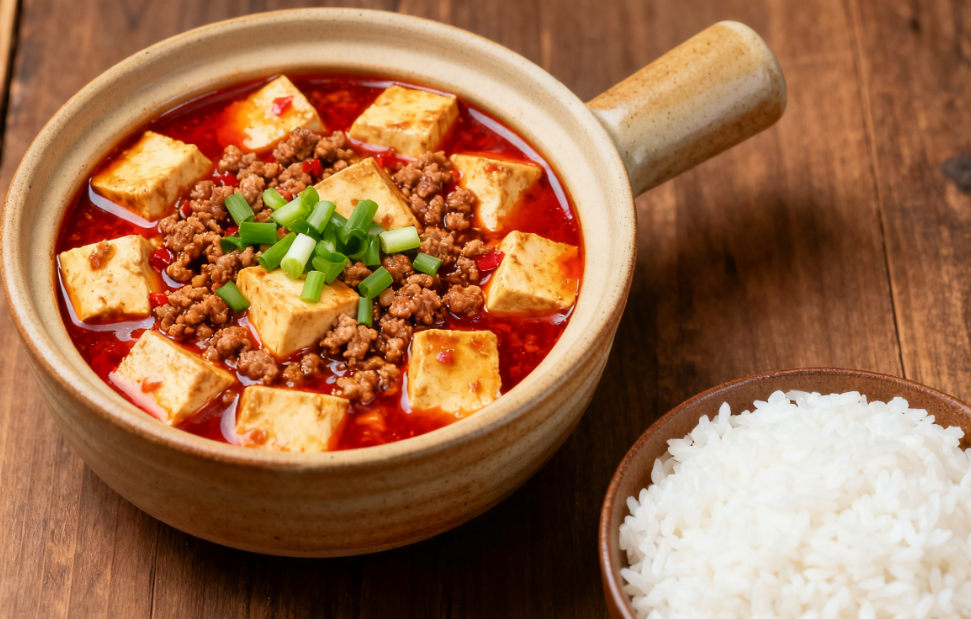
As my journey through China came to an end, I realized that food had been my greatest companion. It had introduced me to new people, taught me about history and culture, and given me a deeper understanding of this amazing country. Whether I was sitting in a fancy restaurant in Shanghai or a street food stall in Xi’an, every meal was an adventure. I’ve tasted dishes that were spicy enough to make my eyes water, sweet enough to make my teeth ache, and savory enough to make me crave more. But more than that, I’ve tasted the passion and creativity of the Chinese people, who have turned simple ingredients into works of art.
If you ever visit China, I urge you to step out of your comfort zone and try everything. Talk to the chefs, ask the locals for recommendations, and embrace the messiness of eating hotpot or picking apart a hairy crab. You’ll not only taste some of the best food in the world—you’ll also discover the heart and soul of China, one bite at a time. For me, Chinese cuisine isn’t just a culinary experience; it’s a journey of discovery, and one that I’ll never forget.
Recommended
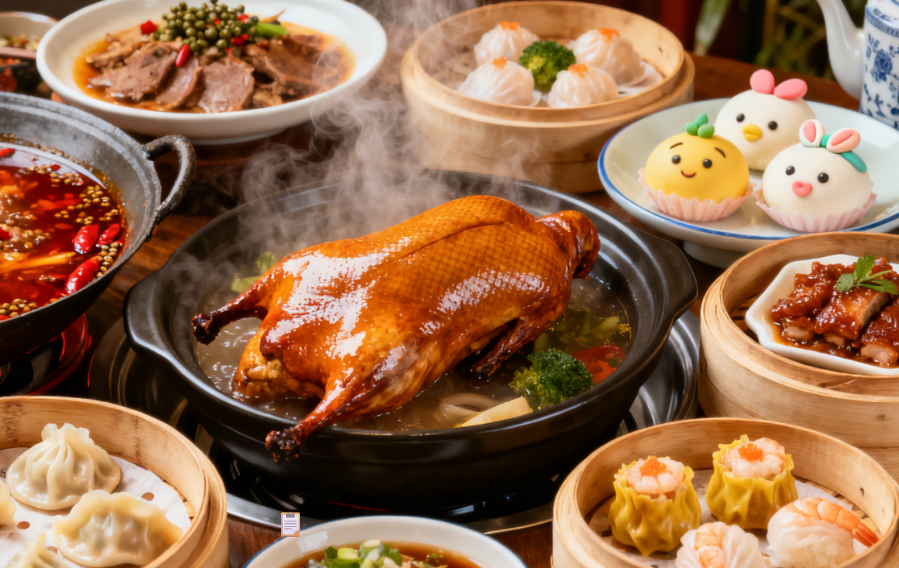
A Journey of Taste and Heart: My Wandering Through Chinese Culture
When I clutched the visa emblazoned with the Great...

Beijing Transportation Guide: Navigate the Capital Like a Local
During my two years living and working in Beijing,...
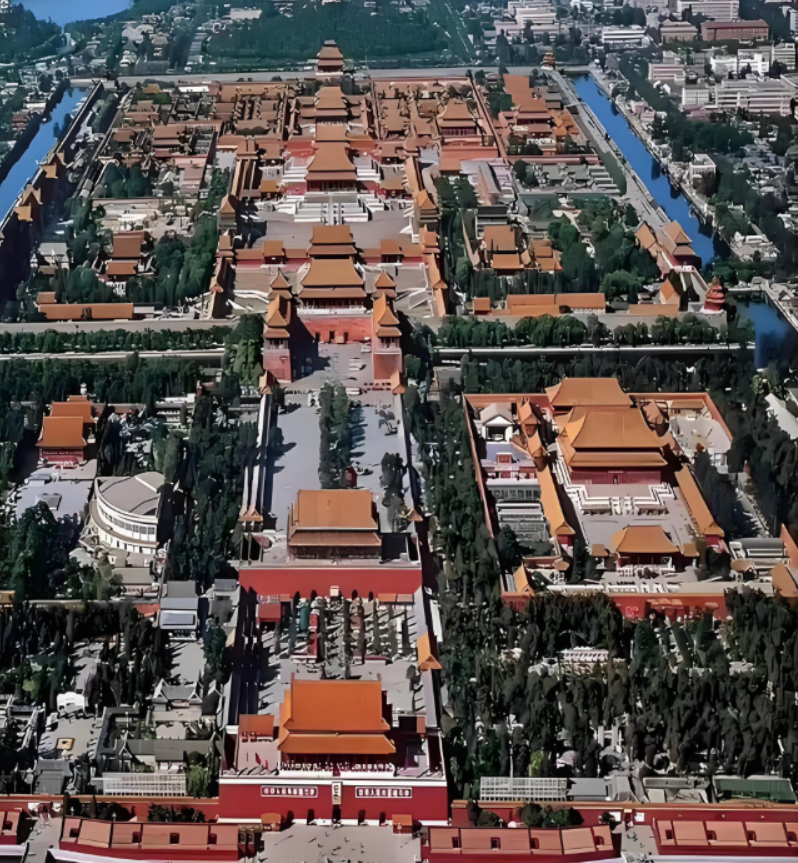
Beijing Revealed: Explore Iconic Landmarks & Taste Legendary Flavors
This article introduces Beijing's amazing historic...

🇨🇳 Travel Guide — Your Essential Guide to Exploring China
Welcome to China — A Journey of Culture, History &...

No Visa, No Cash, No Worries: The Ultimate Survival Guide to China in 2025
a local travel expert breaks down the revolutionar...

Shanghai Travel Guide: My Journey Through China’s Dynamic Metropolis
Shanghai isn’t just a financial powerhouse—it’s a ...

Step-by-Step Guide: How to Apply for Your China Visa in late 2025
Great news for travelers! As of September 30, 2025...

Beijing Transportation Guide: Navigate the Capital Like a Local
During my two years living and working in Beijing,...

The Ultimate Guide to China's 30-Day Visa-Free Policy: Are You Eligible?
Great news for global travelers! As of November 20...

Beijing Travel Guide: Uncover the Heart of China’s Past and Present
As someone who has wandered Beijing’s hutongs, mar...

Best Places to Visit in China: My Journey Through History, Nature, and Modernity
Over the past five years, I’ve traveled to more th...
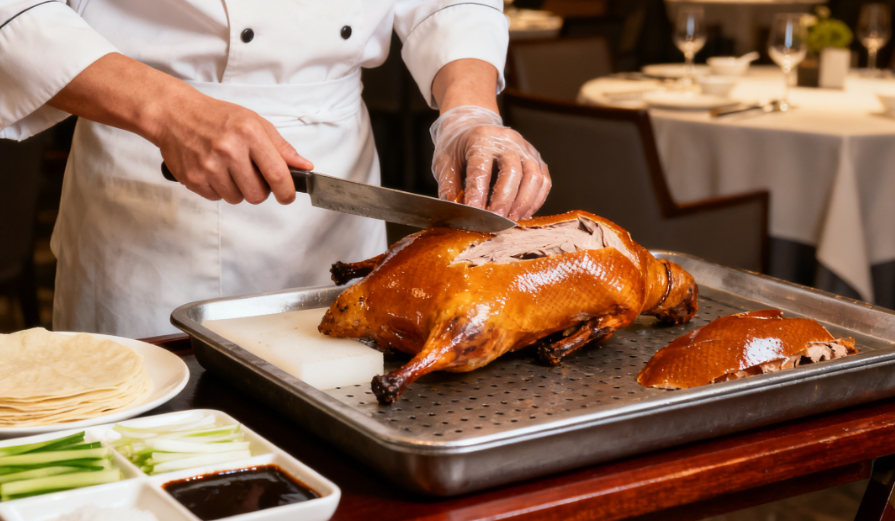
Beijing Food Guide: A Culinary Journey Through History and Flavor
Having spent over a year living in Beijing, I’ve w...